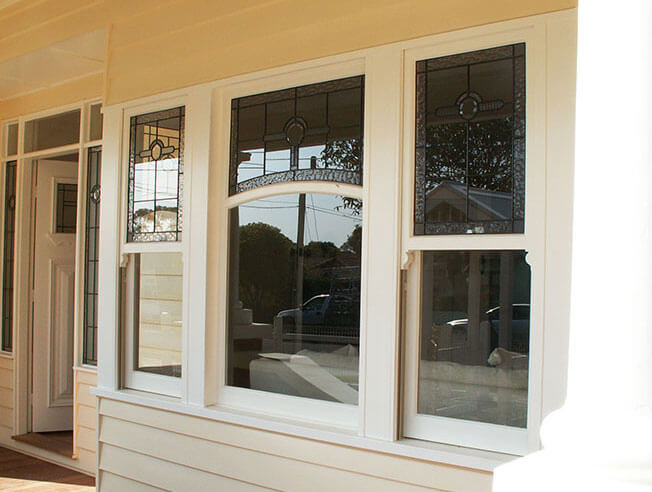All Categories
Featured
Table of Contents
The Surprising Benefits Of Double Glazing In The Summer ... in Joondanna WA
Laminated glass is typically used in locations in the house most prone to injury from human impact such as restrooms, doors, around staircases and in locations near to the flooring (it meets the requirements of 'shatterproof glass' that is mandated for usage in these areas by Australian Basic AS 1288 Glass in structures).
Toughened glass has actually been 'tempered' by being reheated and quickly cooled once again. This process makes it much stronger than basic glass it can resist higher impact loads prior to breaking. It also makes it safer because, when it does shatter, it breaks into lots of little cubic pieces instead of hazardous shards.
How Are Double Glazed Windows More Energy Efficient? in Bateman Perth
Nevertheless, toughened glass has no thermal or acoustic benefits over other glass of the exact same toning or thickness. Secondary glazing is where single-glazed windows are retrofitted with a transparent acrylic or glass sheet attached to the within the frame or openable sash with a secondary frame or with magnetic strips.


Secondary glazing will not carry out as well thermally as a manufactured IGU, because it is impossible to completely seal the boundary, but it can offer good sound control. Window films are a thin polymer movie containing an absorbing dye or reflective metal layer, with an adhesive support. They adhere to your glazing to alter its colour or make it reflective.
Window Glazing For Households - Energy in Bullsbrook Perth
Applied to existing glass, some window movies can cut in half the total SHGC of the window by soaking up and/or showing solar radiation. This can be particularly useful in hotter climates where cooling is the primary issue, or on east and west elevations straight exposed to extended periods of sunlight. Window films might also lower noticeable light transmittance.

For this factor, it is normally best to utilize a certified installer of window movie. Frames have a significant effect on the thermal efficiency of windows and doors, since energy can be acquired and lost through the frame, along with through the glass. Various types of frame will allow different levels of heat gain and loss, so mindful choice of frame is necessary for efficient passive design.
Sustainability in Myaree Western Australia
Aluminium is also a very great conductor of heat and will decrease the insulating worth of a glazing unit, unless specifically crafted to reduce this. A 'thermally broken' frame is made up of 2 aluminium areas linked by a structural insulator (normally a low-conductivity structural polymer). This 'breaks' the thermal connection through the aluminium and decreases the heat streaming through the frame.
They can be costly, however costs are reducing as they end up being more common. Timber frames are an excellent natural insulator that can fit some home designs. Wood frames ought to be made from species that have naturally high resilience or be treated to avoid decay and deformation. Check that the lumber is sourced from a sustainably managed forest.
What Is Double Glazing Windows And Doors? in Hilton Perth
(weather removing) is installed.
u, PVC windows and doors have outstanding thermal efficiency Image: Ben Wrigley (Light House Architecture and Science) Composite frames utilize aluminium profiles on the outer sections with either a lumber or u, PVC inner area. These combine the low upkeep and sturdiness of aluminium with much improved thermal performance.
Table of Contents
Latest Posts
A Complete Guide To Double Glazed Windows in Wexcombe Western Australia
Which Type Of Glass Is Best For Energy Efficiency? - A&l Windows in Boya Perth
Insulated Glass Unit – Igu in Joondanna Perth
More
Latest Posts
A Complete Guide To Double Glazed Windows in Wexcombe Western Australia
Which Type Of Glass Is Best For Energy Efficiency? - A&l Windows in Boya Perth
Insulated Glass Unit – Igu in Joondanna Perth